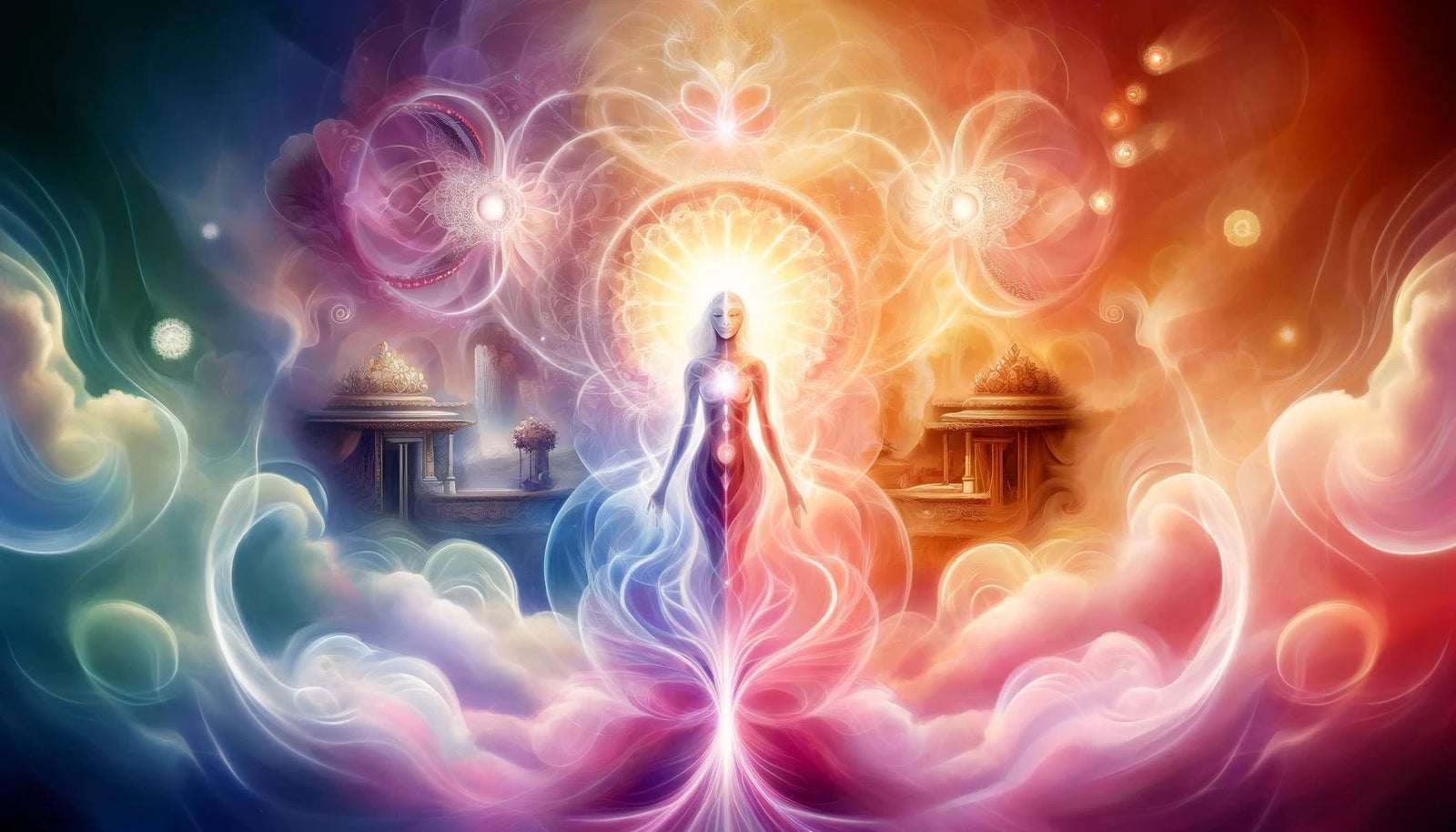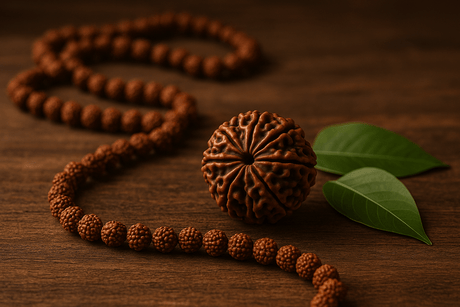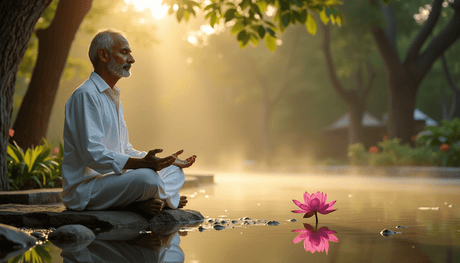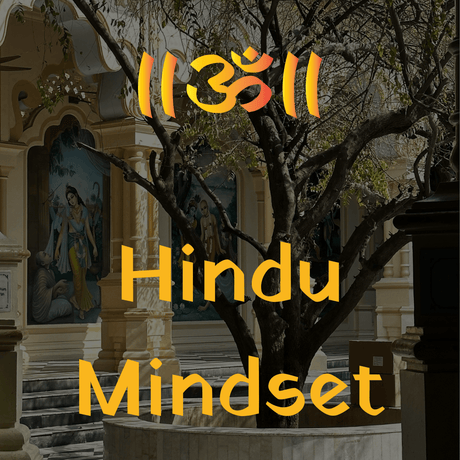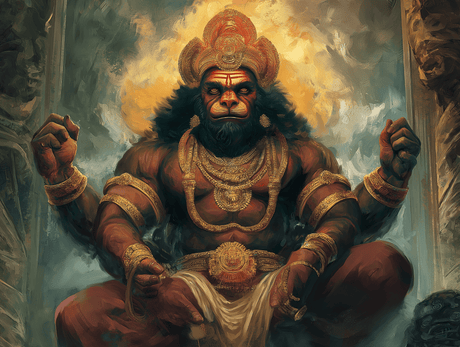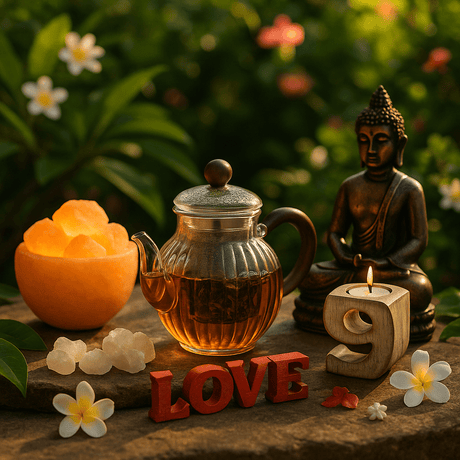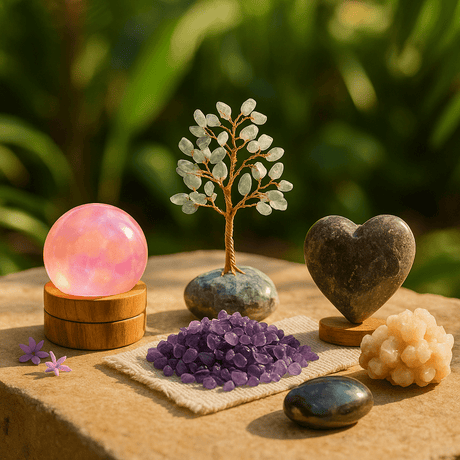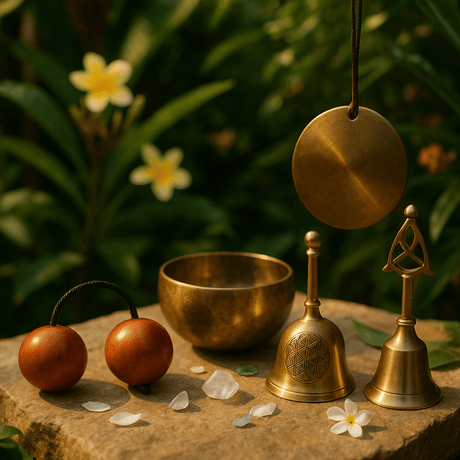Tantra. The word itself evokes a range of emotions – curiosity, intrigue, and sometimes, even misconceptions. But what exactly is Tantra? Far from the sensationalized portrayals in popular culture, Tantra is an ancient and profound art and science originating in India. It's a holistic system designed to awaken our potential for spiritual growth, deeper relationships, and a more fulfilling life.
This article aims to demystify Tantra and showcase its relevance to our contemporary lives. We'll delve into its core principles, explore its practical applications, and answer the questions you might have about incorporating this powerful practice into your journey.
What is Tantra?
Tantra, often surrounded by curiosity and intrigue, is an ancient art and science that originated in India. It is designed to awaken our potential for spiritual growth, enhance relationships, and enable a more fulfilling life. This holistic system transcends the sensationalized portrayals often found in popular culture, aiming instead to deepen our understanding of body, mind, and spirit interconnectedness.
Origins and Etymology of Tantra
Tantra has its origins deeply rooted in the ancient Eastern world, particularly in India, with its practices dating back to as early as 2000 BC during the Indus Valley Civilization. However, the formal development of the strains of Tantra we recognize today — Hindu Tantrism and Tibetan Tantrism — occurred between 300 and 400 AD. Tantra reached a peak in India between the 11th and 12th centuries, challenging the classical yoga teachings which advocated for liberation (Moksha) through asceticism and renunciation of sensual pleasures.
Philosophical Development
Unlike the prevailing spiritual doctrines of its time, Tantric teachings embraced the physical world and senses. Tantrikas, or tantric yogis, argued that human suffering stems from the perceived notion of separation. They promoted the celebration of the senses and mundane life as a path to enlightenment. This approach allowed Tantra to influence various religious and spiritual traditions such as Shaivism, Buddhism, Vaishnavism, and Jainism, underscoring its universal appeal and adaptability.
Survival and Spread
The survival of Tantric manuscripts was threatened by the invasion of India in the 13th century, leading to significant losses. However, Tantric Buddhism persisted within Tibetan monasteries and, following the Chinese invasion of Tibet, Tibetan monks opted to disseminate this knowledge rather than confining it. This decision helped preserve and spread Tantric practices beyond their traditional geographic and cultural boundaries.
Etymology
The word "Tantra" itself is derived from the Sanskrit root "tan," which means "to weave" or "to expand." This etymology reflects Tantra’s core philosophy of the interconnectedness of all aspects of life, suggesting a complex fabric of existence where everything is interwoven. This perspective is not just philosophical but is also expressed practically, indicating that Tantra is more than a belief system — it is a lived experience integrating body, mind, and spirit in everyday life.

Tantric Principles and Practices
Core Principles
- Duality and Wholeness. Tantra acknowledges and celebrates the polarities within us – masculine and feminine, light and shadow. It seeks to integrate these opposites for a complete picture of ourselves.
- Energy (Shakti). Tantra views energy (Shakti) as the life force that permeates everything. Practices aim to awaken and direct this energy for personal transformation.
- The Body is Sacred. Tantra honors the body as a temple for the soul. Physical practices are used to cultivate awareness and connect with our inner wisdom.
Specific Practices
- Meditation. Various meditation techniques are used to focus the mind, cultivate inner peace, and enhance self-awareness.
- Breathwork (Pranayama). Specific breathing exercises help regulate energy flow and achieve a state of relaxation.
- Mantras and Yantras. Sacred sounds (mantras) and visual representations (yantras) are used for focus and spiritual development.

Traditional types of Tantra
The Monastic Tradition
This form is predominantly practiced by Buddhist monks within monasteries and is often referred to as the "literate version" of Tantra. Monastic practitioners are initiated into a textual lineage where they study ancient Tantric texts and engage in sacred rituals. These rituals include singing mantras, drawing mandalas, and performing fire pujas, which are ritual prayers intended to invoke divine energies and blessings.
The Wandering Yogis Tradition
The Mahasiddha, or great adepts, traditionally practiced this form of Tantra. These practitioners lived in the forests and caves of northern India, leading an ascetic life punctuated by Tantric feasts (ganachakra). These gatherings celebrated all the pleasures of the senses through dancing, singing, consuming alcohol, eating meat, and engaging in sexual activities, embracing the full spectrum of human experience as a path to enlightenment.
The Householder Tradition
The most prevalent form of Tantra today is practiced by lay practitioners known as householders. This tradition emphasizes the celebration and sanctification of everyday life, applying Tantric non-dual principles to ordinary activities. Householders practice seeing the unity and divine nature in all aspects of life—whether washing dishes, working, conversing, making love, or meditating—living in communion with the universe with both detachment and presence.
The Paths of Tantra
In modern classifications, Tantra is divided into two main branches: the "right-hand" or "white Tantra" and the "left-hand" or "red Tantra." Right-hand Tantra, practiced in traditions such as Hindu asceticism, meditation, Tibetan Buddhism, Kundalini, and Kriya yoga, focuses on the internal use of sexual energy. Conversely, left-hand Tantra involves direct sexual contact, the use of alcohol, and other intoxicants, making it a faster but riskier path to enlightenment (Moksha).
Each traditional form of Tantra offers a unique path to spiritual growth, integrating profound practices to transform body, mind, and spirit. These traditions highlight the versatility of Tantra as a spiritual discipline that adapts to the needs and lifestyles of its practitioners.

Five Ways Tantric Practices Can Enhance the Mind-Body Connection
Tantric practices offer profound methods to deepen the connection between your body and mind, fostering an enhanced awareness and a more integrated sense of being. Here are five key ways that Tantra can help you link your body and mind:
- Increased Awareness of the Mind-Body Connection. Tantra practices emphasize the interconnectedness of the physical and spiritual aspects of our existence. Through these practices, you become more attuned to the subtle interplay between your body's sensations and your mental state, fostering a greater awareness of how these two elements influence one another.
- Regaining Control Over Your Mind. Tantra provides tools and techniques that help you regain control of your thoughts and emotions. This is achieved by cultivating a heightened state of consciousness where automatic processes, such as reactive thoughts and emotional responses, become more deliberate and controlled.
- Consciousness in Automatic Processes. Through regular Tantric practices, what were once automatic mental and physical processes gain consciousness. This transformation allows you to operate with greater intention and mindfulness, reducing impulsive behavior and increasing your capacity to respond to life's challenges with calmness and clarity.
- Release of Tension. Practicing Tantra can be incredibly effective in releasing deep-seated tensions in the body and mind. Techniques such as Tantric yoga, meditation, and breathing exercises help dissolve stress and physical discomfort, leading to a more relaxed and balanced state.
- Regulation of the Nervous System. Tantra practices are known for their ability to help regulate the nervous system. By engaging in these practices, you can shift from a state of high alert and stress (sympathetic nervous system activation) to a more relaxed and restorative state (parasympathetic nervous system activation). This shift is crucial for maintaining emotional and physical health and for promoting resilience against stress.
The Holistic Approach of Tantra
Tantra goes beyond mere physical practices. It emphasizes the connection between the body and the spirit. Through physical postures, breathwork, and focused awareness, Tantra awakens and directs energy (Shakti) throughout the subtle body, influencing our emotional and spiritual well-being.
The concept of chakras, energy centers along the spine, plays a key role in Tantra. By working with these chakras, we can cultivate emotional balance, improve physical health, and unlock our spiritual potential.
Tantra in Relationships
Tantra offers powerful tools for enhancing intimacy and communication in relationships. Through partnered practices like mindful touch and shared meditations, couples can learn to connect on a deeper level, fostering trust and mutual understanding.
Remember, Tantra is not about achieving sexual prowess; it's about cultivating presence, intimacy, and a deeper connection with your partner.

Benefits of Tantra
The benefits of practicing Tantra are multi-faceted:
- Emotional. Reduced stress and anxiety, increased self-compassion, and improved emotional regulation.
- Physical. Enhanced vitality, improved sexual health, and a deeper connection to the body.
- Spiritual. Greater self-awareness, a sense of interconnectedness, and spiritual growth.
Many practitioners report experiencing a heightened sense of well-being, a more fulfilling sex life, and a deeper connection to themselves and their partners.
Getting Started with Tantra
Intrigued by Tantra and curious to explore further? Here are some resources:
- Books. Start with accessible reads like The Power of Tantra by Diana Richardson or Tantra: The Art of Conscious Living by Christopher Wallis. These books provide a solid foundation in the basic principles and applications of Tantra.
- Workshops and Courses. Look for workshops or courses offered by local studios or online platforms. These can provide structured learning and connect you with experienced practitioners.
- Begin with Basics. Initiate your practice with simple meditation and mindful breathing exercises. These foundational practices are key to developing the body-mind consciousness that is central to Tantric teachings.
By embracing these resources and starting with manageable practices, you can gradually integrate more complex Tantric techniques into your life, paving the way for a deeper spiritual and practical transformation.
Ethical Considerations and Risks
As with any practice, approaching Tantra with respect and awareness is crucial. Avoid exploitative practices or teachers who emphasize sensational aspects.
Focus on reputable sources, prioritize your own safety and comfort, and never engage in practices that feel manipulative or disrespectful.
Conclusion
Tantra is not a quick fix, but a transformative journey. By integrating its principles into your life, you can cultivate greater self-awareness, build stronger relationships, and experience a more fulfilling existence. So, take a deep breath, open your mind, and embark on your own exploration of Tantra.
